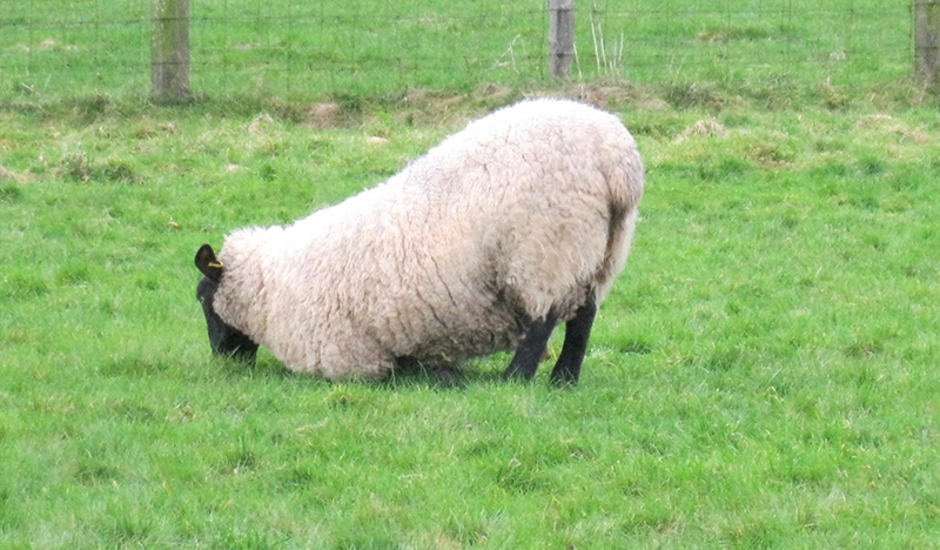Sheep are good at hiding lameness, which has prompted researchers to develop a smart wearable device that automatically detects the condition and could help stop it spreading in flocks.

Lameness in sheep costs the sector around £80m a year and over 90 per cent of farmers in the UK report the condition in their flocks, most of which is caused by footrot.
Sheep are a ‘prey’ species so are likely to mask signs of lameness when they feel threatened, or enlivened by the presence of observing farmers and vets. To date, diagnosis has been difficult and relies on visual inspection because there are no validated commercial tools available.
The new technical feasibility study and prototype tagging and monitoring system has been developed by Nottingham University Vet School researcher, Associate Professor Jasmeet Kaler, with Intel and agricultural software developer Farm Wizard.
Dr Kaler said: “Our new system is a smart device – a wearable technology that we hope will be a game-changing investment for sheep farmers and a first for the industry. It consists of a sensing device worn on a sheep’s ear tag that gathers accelerometer and gyroscope data effectively tracking the animal’s behaviour and movement, as well as its gait.
“The algorithms we have developed are used to create different alerts for farmers. So far they have provided high accuracy in predicting various behaviours of the sheep, including differentiating lameness. We are very excited as our first paper from this work has been accepted in the journal of Royal Society Open Science and will be be available soon.
"I think what is very novel about this technology is that it utilises edge processing which means it doesn't necessarily need to send all the data to the Cloud because it does the thinking on the device. This is an advantage when it comes to battery life.. We are currently validating the results in a larger trial and we hope the technology will be available after some further work.”
Dr Kaler’s previous research has found that to date only around 20 per cent of farmers are able to spot and treat lameness in sheep early. It was also found that the prevalence of lameness caused by footrot was much lower in groups of sheep where individual sheep had been treated early with parenteral and topical antibiotics.
The sheep lameness smart sensor project has been funded by Innovate UK and the BBSRC and was recently presented at the Oxford Farming Conference’s Innovation Hub. The first paper from this project will be available soon in the upcoming issue in the journal Royal Society Open Science.

Red Bull makes hydrogen fuel cell play with AVL
Surely EVs are the best solution for motor sports and for weight / performance dispense with the battery altogether by introducing paired conductors...